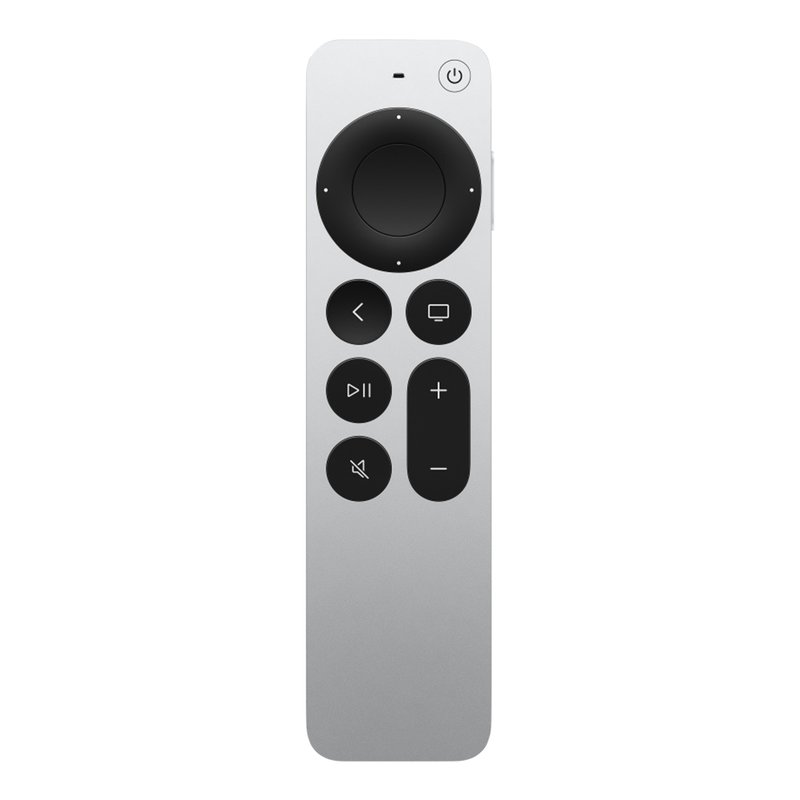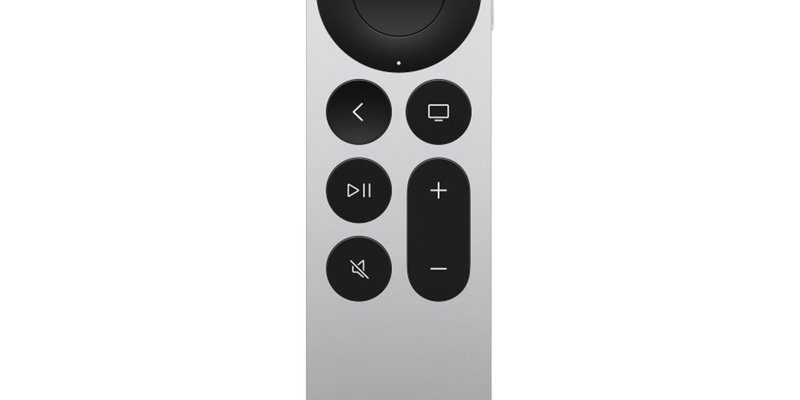
Here’s the thing: streaming remotes have personalities, quirks, and sometimes a bit of jealousy. Apple TV uses a unique blend of Bluetooth and infrared (IR), which can feel mysterious. If you’ve ever looked at your Apple TV remote and wondered if it could sneakily pair or sync up with your Roku, Fire TV Stick, or even an old Chromecast, you’re not alone. Let me break down how these remotes actually work, and whether you can get them to play nicely with other brands—without needing a PhD in “remote code troubleshooting.”
Understanding How the Apple TV Remote Works
Let’s start at the beginning: Apple TV remotes (also called Siri Remotes in newer models) use a mix of technologies to talk to your streaming device. Primarily, they use Bluetooth to send commands to the Apple TV box itself. This is great because you don’t have to point the remote directly at the device—no more awkwardly waving your hand around trying to find the “sweet spot.”
But that’s not the whole story. The Apple TV remote also has an IR (infrared) transmitter, tucked into that tiny front sensor. IR is what most older remotes—and lots of TVs—use to communicate. This means you can use it to control your TV’s basic functions (think volume and power) if you set it up right.
However, here’s the catch: the remote’s IR magic is usually limited to TVs and sometimes soundbars. It’s designed for Apple TV, so when it comes to controlling a Roku, a Fire TV Stick, or a Google Chromecast, things get…complicated. It’s like bringing a guest to a party where nobody speaks your language. Everyone’s friendly, but nobody quite understands what you’re saying.
Can the Apple TV Remote Control Other Streaming Devices?
Honestly, the answer is mostly “no”—at least, not in the way you might hope. The Apple TV remote isn’t a universal remote. It’s locked in, like it’s sworn an oath to the Apple ecosystem. This means you can’t just pick it up and use it to control a Roku or a Fire TV Stick out of the box. Why? It’s all about the protocols and the way these devices talk to each other.
Roku, Fire TV, and Chromecast remotes are “paired” using their own system (think Bluetooth, RF, or WiFi Direct). They have special codes that basically say, “Hey, only listen to me, ignore the rest.” The Apple TV remote doesn’t have the codebook for those other systems. No matter how many times you hit the sync or reset buttons, it can’t magically learn new languages overnight.
The only small exception? If your streaming device is connected to your TV’s HDMI-CEC port and your TV supports basic IR commands, the Apple TV remote *might* control things like volume or power—indirectly. But that’s the TV doing the heavy lifting, not the Apple TV remote acting as a true multi-device commander.
Pairing and Syncing: What’s Possible?
Pairing is like introducing two friends at a party and hoping they’ll get along. With Apple TV and its remote, you just hold the remote near the Apple TV box and it’ll sync automatically via Bluetooth. Super easy. But if you try this with, say, a Fire TV Stick? Nothing happens.
Think of the Apple TV remote like a house key: it only fits its own door. You can shake it at someone else’s lock all day, but nothing’s going to click unless it’s the right match.
If you’re hoping to use your Apple TV remote for other devices, there’s no official “learn new device” mode. Some universal remotes (think Logitech Harmony) are designed with databases and codes for everything under the sun, but Apple’s remote keeps things simple—and limited.
Here’s what you *can* do:
- Sync your Apple TV remote to your Apple TV (easy: just hold it close and press the right buttons).
- Pair it with your TV for volume or power if the TV supports IR, but only after some setup in Apple TV settings.
- Reset the remote if it stops working with your Apple TV—but not to magically unlock other device compatibility.
Resetting and Troubleshooting Your Apple TV Remote
Sometimes the Apple TV remote gets finicky. Maybe the battery is low, or it’s just gone on strike. If your remote suddenly stops responding, don’t panic. First, check the battery—older models use coin-cell batteries, newer ones recharge via Lightning cable.
If the remote still ignores you, you might need to reset it. Here’s how:
- Hold down the TV and Volume Down buttons together for about 5 seconds until the status light on your Apple TV box blinks.
- Unplug the Apple TV, wait a few seconds, plug it back in—sometimes a classic “turn it off and on” is all it needs.
But let me be totally clear—resetting or troubleshooting your Apple TV remote won’t suddenly give it superpowers over other streaming devices. If it’s not talking to your Roku, it’s not a tech glitch—it’s just not designed for it.
When Can the Apple TV Remote Control Other Things?
There’s a tiny glimmer of hope if your goal isn’t to control another streaming stick, but just your TV’s volume or power. Most modern TVs and soundbars can pick up IR signals, and Apple built in some basic compatibility so that, after a quick code sync, you can use the Apple TV remote to turn your TV on or off and adjust the volume. That’s about as far as it goes.
Still, you can’t use the remote’s menu, play, or navigation buttons to surf on other streaming boxes. Those codes are specific to Apple’s system.
In rare cases, if you run everything through your TV’s HDMI-CEC, you might see a little cross-functionality. For example, pressing play on your Apple TV remote could pause a Blu-ray that’s running through another HDMI port. But these cases are special, inconsistent, and honestly, not reliable enough to count on.
Universal Remotes vs. Apple TV Remote: What’s the Difference?
If you truly want one remote to rule them all, your best bet is a universal remote. These come with built-in code lists (sometimes thousands!) for not just TVs, but also streaming boxes, Blu-ray players, and even old VCRs if you’re feeling nostalgic.
Universal remotes like the Logitech Harmony can often be set up to control Apple TV, Roku, Fire TV, and your regular TV all from one device. They handle multiple protocols—IR, Bluetooth, WiFi—because they’re built for that. The Apple TV remote, for all its minimalist beauty, doesn’t try to be a jack-of-all-trades.
It’s a bit like comparing a Swiss Army knife to a really nice chef’s knife. The chef’s knife (Apple TV remote) is perfect for one thing—navigating your Apple TV. The Swiss Army knife (universal remote) isn’t as pretty, but it can open bottles, tighten screws, and get the job done all over your living room.
Alternatives: Using Your Phone as a Remote
If you’re itching for more flexibility without yet another physical remote, here’s something cool: you can use your iPhone (or iPad) as a remote for Apple TV and other devices. Apple’s built the remote app right into the iOS Control Center, and third-party apps exist for Roku, Fire TV, and Chromecast.
You won’t get perfect, universal control over everything, but it’s a handy way to avoid hunting for lost remotes under the couch cushions. Plus, if your Apple TV remote battery dies, your phone can step in without missing a beat.
Keep in mind, though, even the phone-as-remote option is usually brand-specific. Apple’s remote app won’t control your Roku—and vice versa. So again, Apple TV remote remains loyal.
Final Thoughts: Managing Expectations with Apple TV Remotes
Here’s my honest take: the Apple TV remote is excellent at what it does, but it’s just not built to control other streaming devices. Try as you might with all the pairing, code syncing, and troubleshooting in the world, it won’t magically become a universal remote for your living room.
If you’re all-in on Apple? You’ll love the tight integration. If you’re the type who wants one remote for *everything*, you’re better off looking into a true universal remote or a phone app that’s designed for multiple brands.
Technology moves fast, but for now, the Apple TV remote stays firmly in its lane. So, next time you find yourself staring down a pile of remotes, maybe smile and remember: sometimes, simple really does mean single-purpose. And hey—at least it looks cool on your coffee table.
